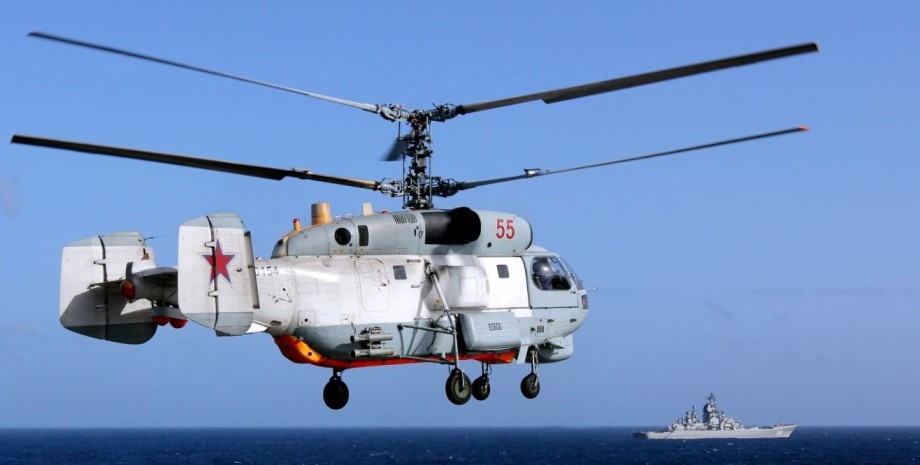
The Russian military strategists will be used to protect their ships, according to Forbes. First of all, the observers noted that in the conditions when Turkey closed the Bosphorus for warships, the Black Sea Fleet is forced to do the forces that he already has. Therefore, to resist Ukrainian drones, invaders can use a combination of ships and helicopters to track underwater targets, providing mutual cover.
In this case, it can be about two to three units of equipment, which includes Ka-27 helicopters with hydrolockers on board, protical ships of the project 22160, and the corvettes of the project 1124 "Albatros" (by NATO-Grisha-III). "If the Black Sea Fleet will be able to deploy Ka-27 helicopters and the Protetic Ships of Grisha-III just as the Soviet fleet did, it may be able to find and sink Ukrainian submarine drones before they become an anchor," experts write.
According to Soviet tactics, there are two types of waterlockers to solve such problems: immersion and nasal. The latter was constantly used while moving on Albatross Corvettes. The only downside is the blind area in the area of the ship's screws. According to the authors of the publication, if the Russians manage to repeat this tactic, they will have the opportunity to intercept future attacks of Ukrainian underwater drones. However, this tactic was quite complicated.
According to the Naval Consultant Troy Bentz, the Soviet forces relied on an active hydrologator as the best method of detection. "They realized that the immersion of the hydrolocker - the lowering of the water -drawn converter into the water from the helicopter on high -speed platforms - is very valuable. Therefore, the use of two or three platforms in the system was the most effective in a tactical point of view," Bentz said.
The expert added that the ships and helicopters acted together - one ship was drifting, actively pinging the submerging waterlocker, and the other rushed forward to the calculated position in this way, a pair of helicopters or corvettes could extend a kind of hydro -location chain through a marine obstacle - for example, through the gulf.
But this tactic also has its disadvantages: it is that when the waterlockers were plunged into the water, the ship is forced to idle, because of which the experienced submarines used gaps in such a chain. For example, in 1977, the HMS Swiftsure royal fleet, using this area, entered the Soviet combat group and spent several hours under the new Kiev aircraft carrier, collecting intelligence.










All rights reserved IN-Ukraine.info - 2022